Weather can be full of surprises. History has seen some truly strange weather events. These events have left lasting marks on the world. Here are some of the most bizarre and impactful occurrences.
The Year Without a Summer (1816)
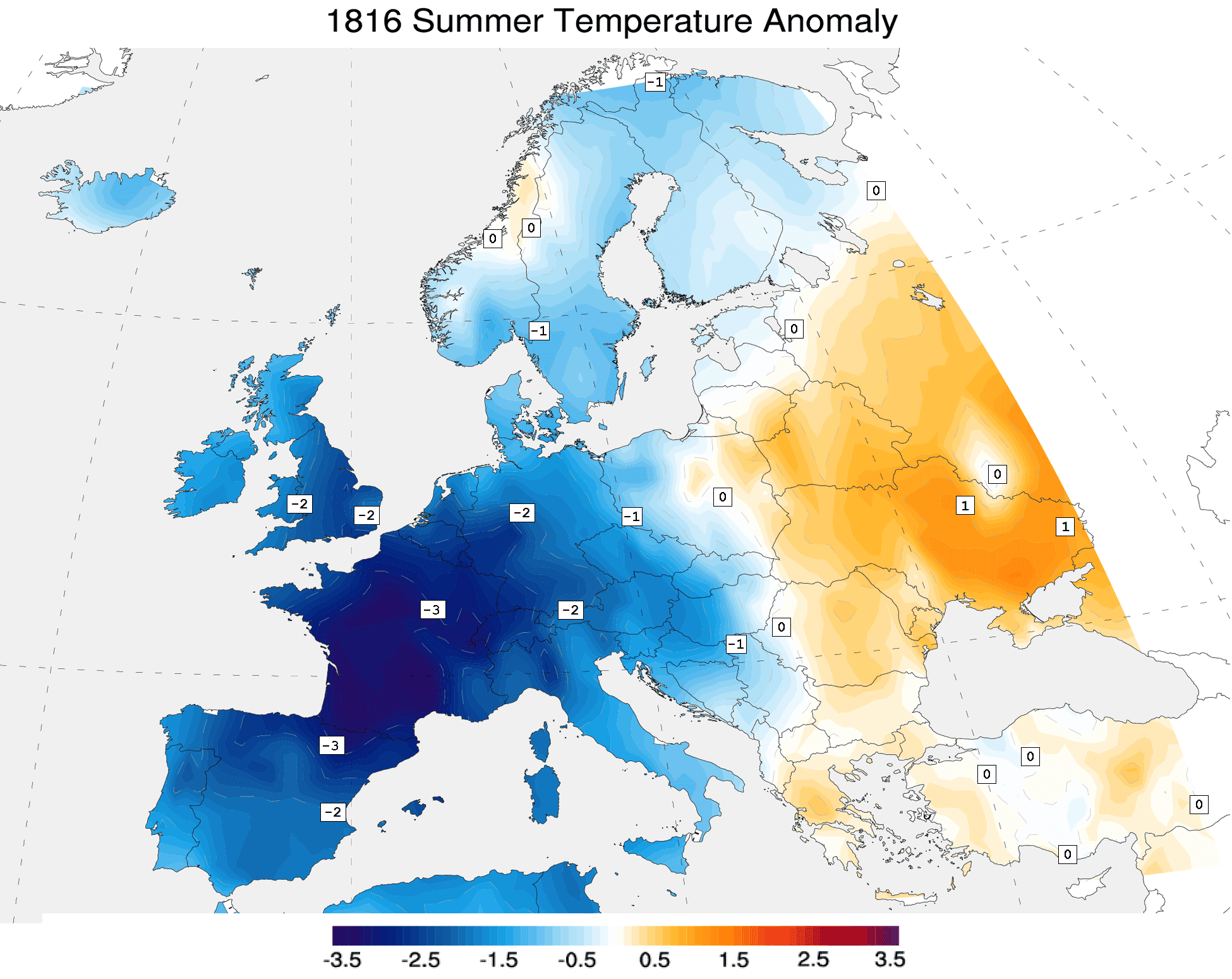
In 1816, volcanic eruptions led to what became known as “The Year Without a Summer.” Mount Tambora in Indonesia erupted in 1815, sending vast amounts of ash into the atmosphere. This event caused global temperatures to drop, leading to snowfalls and frosts in June, July, and August in the Northern Hemisphere. Europe and North America were hit hard, with widespread crop failures and food shortages. This year was strange because of the drastic and unexpected climate changes. It highlighted the impact of volcanic activity on global weather patterns and human life. The event also led to significant migrations and influenced the creation of literary works like Mary Shelley’s “Frankenstein.”
The Great Blizzard of 1888
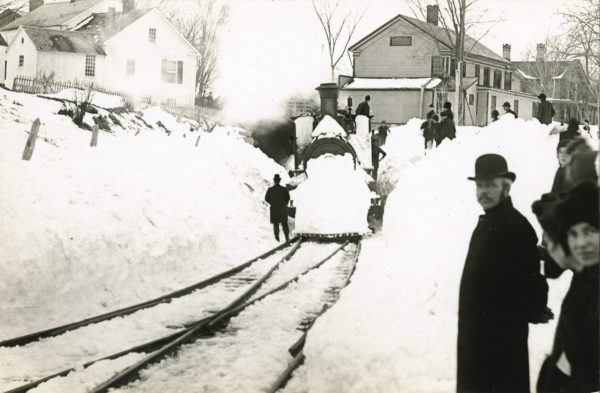
The Great Blizzard of 1888 hit the northeastern United States in March. Snowdrifts reached 50 feet in some areas. Over 400 people died, and it paralyzed cities like New York for days. The storm disrupted communication lines and transportation systems, trapping people in their homes and stranding travelers. The storm dumped 40-50 inches of snow in parts of New York, New Jersey, and Connecticut. It stands out because of its ferocity and the massive impact on transportation and communication in the era before modern snow removal equipment. The blizzard led to the construction of underground utilities and the subway system in New York City.
The Dust Bowl (1930s)
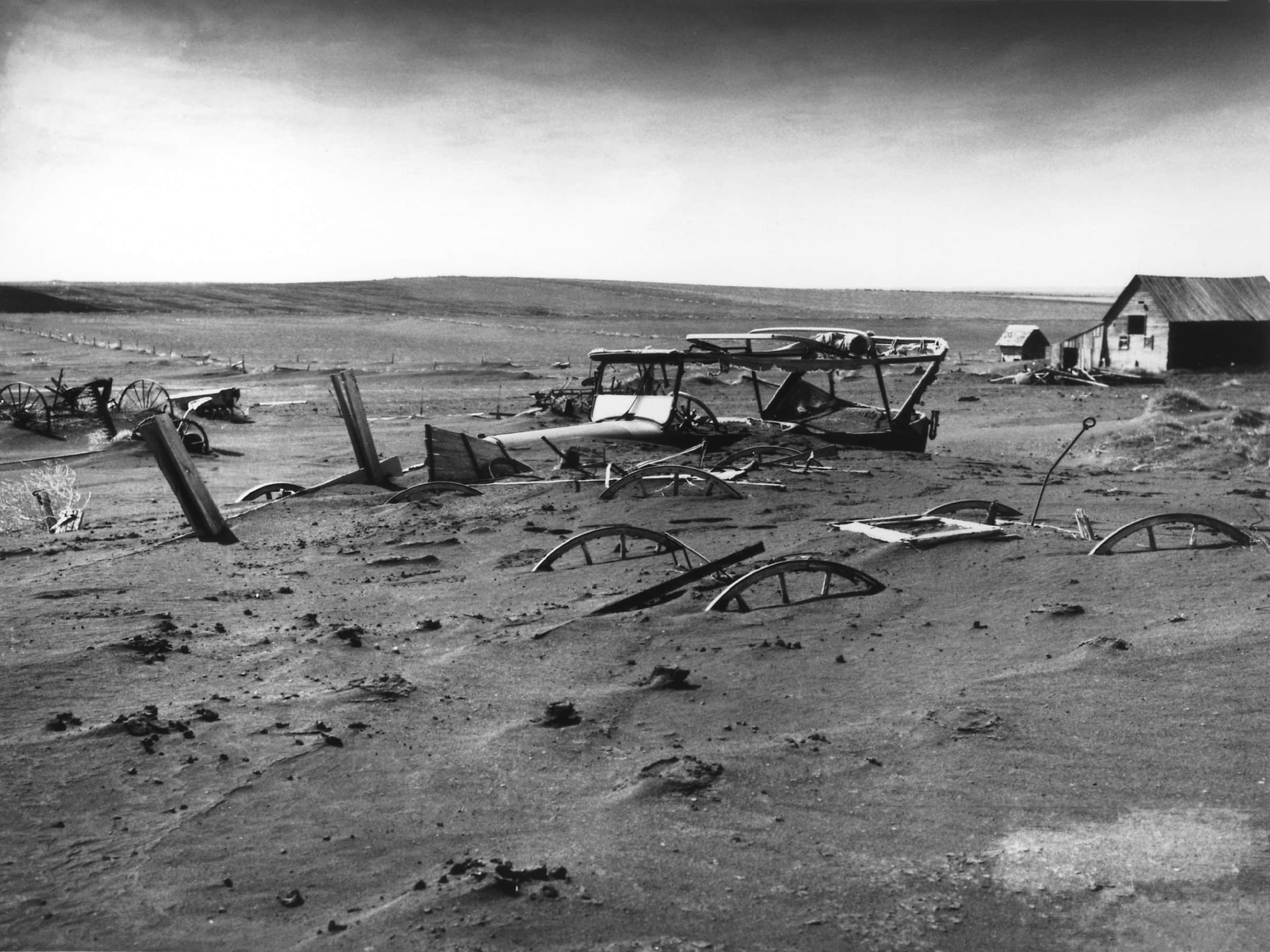
The Dust Bowl was a series of severe dust storms that hit the American Great Plains during the 1930s. Poor agricultural practices and extended drought caused the soil to become loose and dry. Winds picked up this soil, creating massive dust storms that darkened skies and buried homes, leading to massive economic and social impacts. It is unique for its combination of environmental and human factors, showing how land misuse can amplify natural disasters. The Dust Bowl prompted significant changes in farming practices and federal agricultural policies.
The Tri-State Tornado (1925)
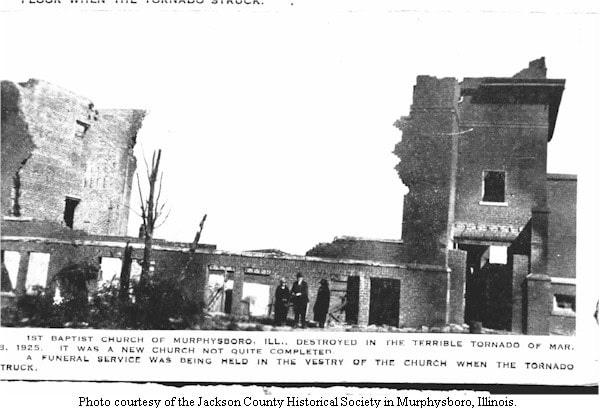
In 1925, the deadliest tornado in U.S. history struck Missouri, Illinois, and Indiana. The Tri-State Tornado traveled over 219 miles in 3.5 hours, causing widespread destruction. Entire towns were flattened, and nearly 15,000 homes were destroyed. It killed 695 people and caused immense destruction. This tornado was unusual for its long path and duration, remaining on the ground continuously, which is rare for such storms. It highlighted the need for better weather forecasting and tornado preparedness measures.
The Great Smog of London (1952)
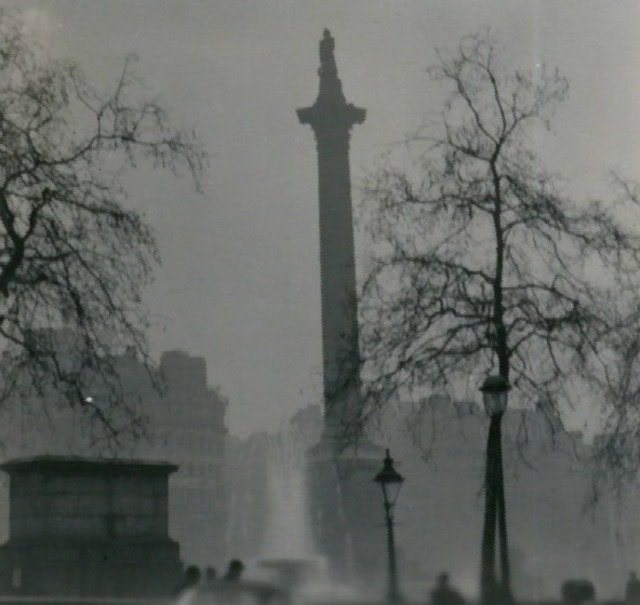
In December 1952, London was engulfed by a thick, toxic smog. This “Great Smog” lasted for five days and was caused by a combination of industrial pollution and weather conditions. The smog was so dense that visibility dropped to a few feet, disrupting daily life. The smog was so dense that visibility dropped to a few feet. It resulted in the deaths of an estimated 12,000 people. This event is notable for highlighting the deadly consequences of air pollution and led to significant environmental reforms, including the Clean Air Act of 1956.
Hurricane Katrina (2005)
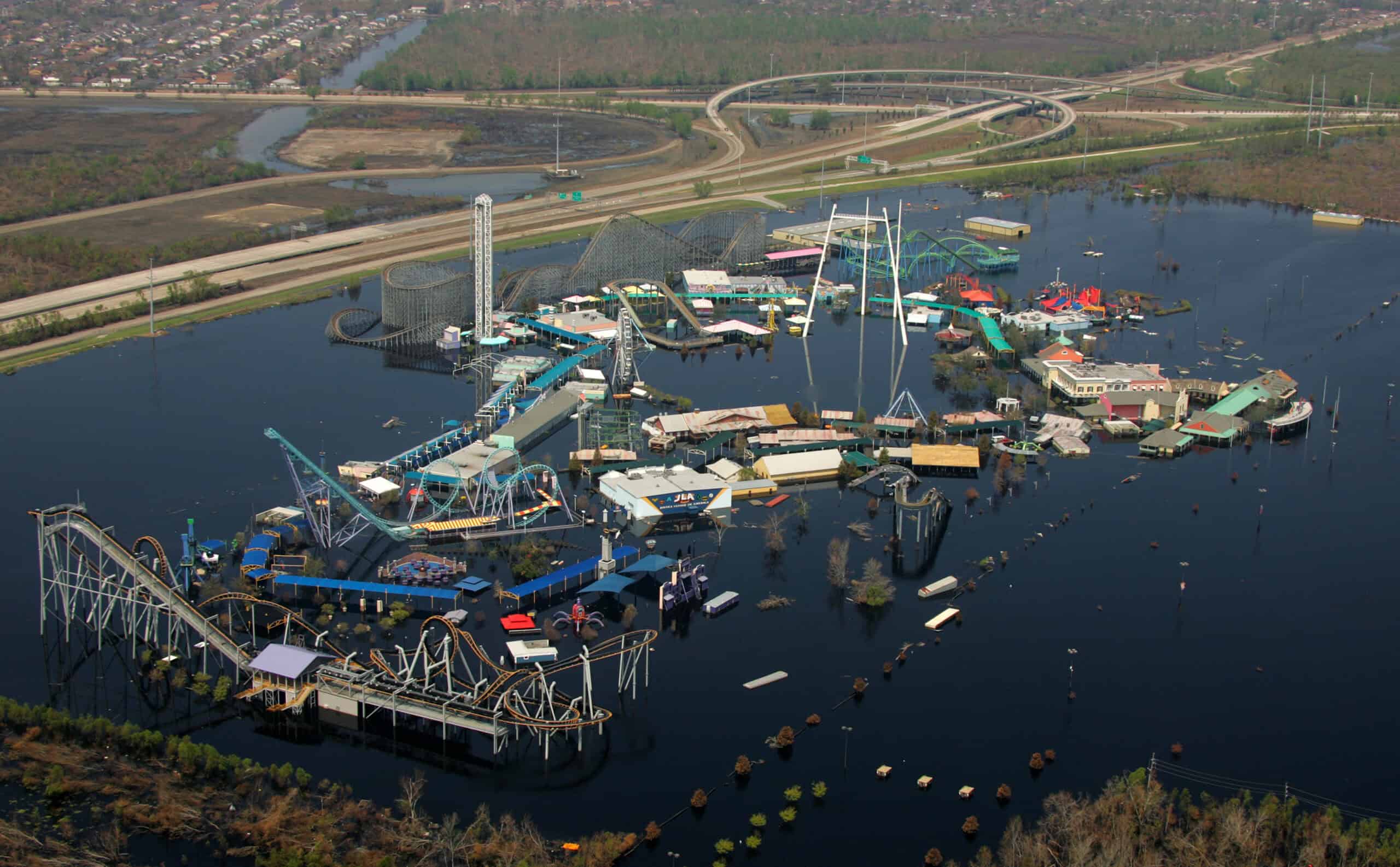
Hurricane Katrina struck the Gulf Coast of the United States in August 2005. It was one of the deadliest hurricanes in U.S. history. New Orleans suffered catastrophic flooding due to levee failures, which led to the displacement of over a million people. Over 1,800 people died, and millions were displaced. Katrina is significant for the widespread destruction and the subsequent debates on disaster preparedness and response. The event exposed flaws in emergency management and led to major policy changes in disaster response and infrastructure improvements.
The Great Galveston Hurricane (1900)
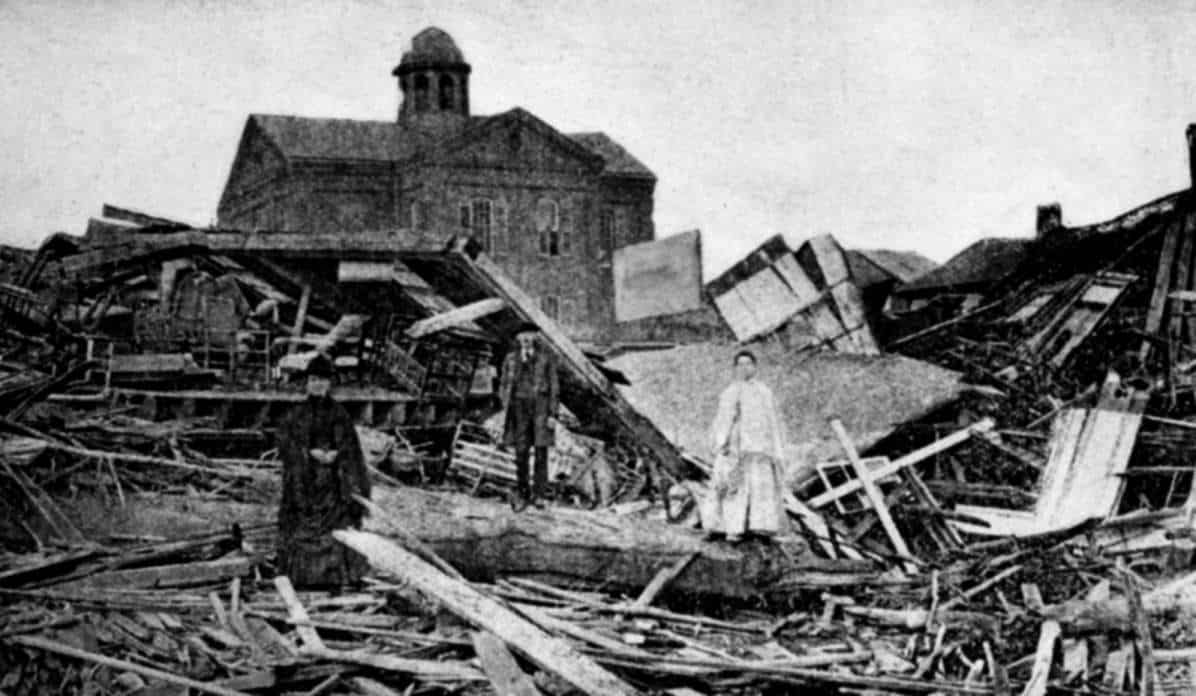
The Great Galveston Hurricane hit Texas in September 1900. It remains the deadliest natural disaster in U.S. history, killing between 6,000 and 12,000 people. The storm surge inundated the city of Galveston, destroying homes, businesses, and infrastructure. Winds of up to 140 mph and a massive storm surge devastated Galveston. The storm is notable for the high death toll and the impact on the city, which was one of the most advanced in Texas at the time. The disaster led to the construction of the Galveston Seawall and other protective measures to prevent future catastrophes.
The Peshtigo Firestorm (1871)
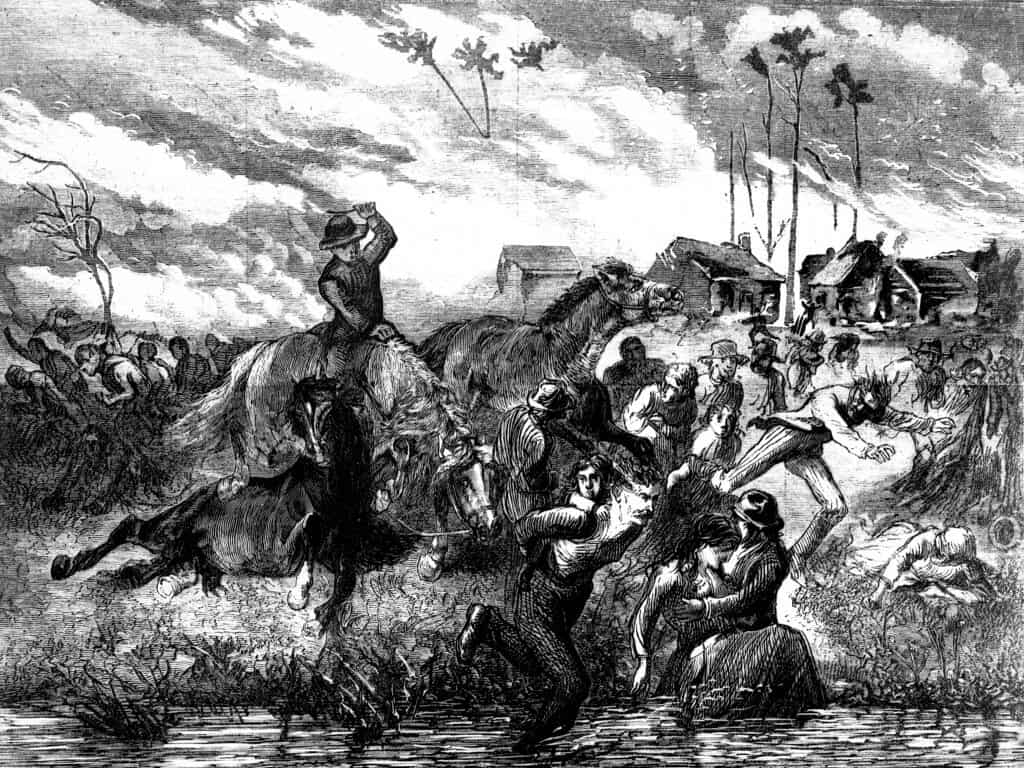
In October 1871, a massive firestorm engulfed Peshtigo, Wisconsin. It remains the deadliest fire in American history, killing an estimated 1,500 to 2,500 people. The firestorm was fueled by a combination of drought conditions and high winds, creating a wall of fire that consumed everything in its path. This event is strange due to its intensity and speed, which left little time for escape. It occurred on the same day as the Great Chicago Fire, leading to less attention despite its higher death toll. The Peshtigo Firestorm highlighted the dangers of forest fires and the need for better fire management practices.
The Bangladesh Cyclone (1970)
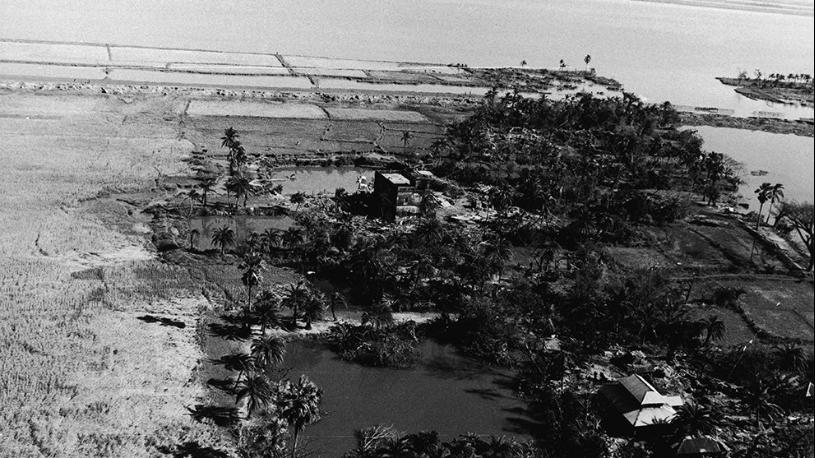
In November 1970, the deadliest tropical cyclone in history struck East Pakistan (now Bangladesh). The cyclone, known as Bhola, claimed between 300,000 and 500,000 lives. A powerful storm surge inundated coastal areas, causing widespread destruction and loss of life. This event is notable for its high death toll and the severe impact on an already vulnerable population. The Bangladesh Cyclone highlighted the need for better early warning systems and disaster preparedness, leading to significant improvements in cyclone response strategies in the region.
The Blizzard of 1978

The Blizzard of 1978 hit the northeastern United States and parts of the Midwest in February. This historic storm dumped up to 55 inches of snow in some areas, accompanied by hurricane-force winds. It paralyzed cities, stranded thousands, and caused significant damage. This blizzard is notable for its intensity and the widespread disruption it caused. It led to changes in emergency preparedness and highlighted the need for better snow removal infrastructure. The storm also underscored the importance of timely weather forecasting and communication to the public.
The Super Outbreak (1974)
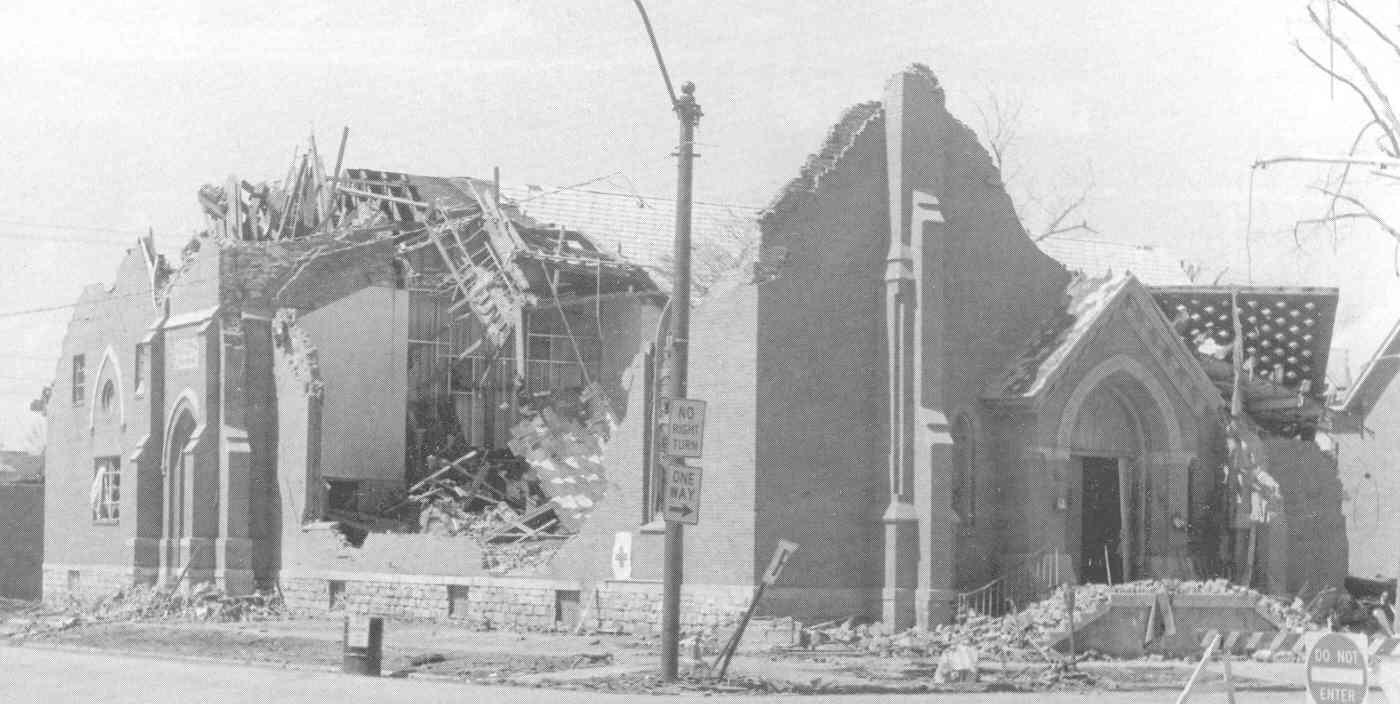
In April 1974, a series of 148 tornadoes struck the United States over a 24-hour period. Known as the Super Outbreak, it caused widespread destruction across 13 states. The outbreak resulted in 335 deaths and thousands of injuries, making it one of the most significant tornado events in history. The Super Outbreak is notable for the sheer number and intensity of tornadoes. It highlighted the need for improved tornado forecasting and early warning systems, leading to advancements in meteorological technology and public safety protocols.
The Great Storm of 1987
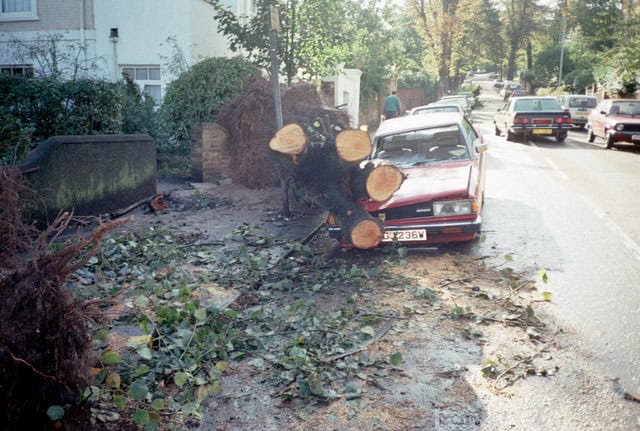
The Great Storm of 1987 struck the United Kingdom and northern France in October. It was an extratropical cyclone with wind speeds exceeding 100 mph. The storm caused extensive damage, resulting in 22 deaths and widespread power outages. This storm is unique due to its unexpected nature and the significant impact on the region. It led to improvements in weather forecasting and emergency response systems in the UK. The Great Storm of 1987 remains a benchmark for understanding and preparing for severe windstorms in Europe.
This article originally appeared on Rarest.org.
More from Rarest.org
The 11 Rarest Collectible Toys from the 20th Century

Collectible toys from the 20th century hold a special place in the hearts of enthusiasts and collectors alike. Read More.
The 19 Most Haunted Places in New England

New England is renowned for its picturesque landscapes and rich history, but it also harbors some of the most haunted places in the United States. Read More.
1976 Roosevelt Dime Value Guide

The 1976 Roosevelt dime is made of 91.67% copper and 8.33% nickel. Its core is made of solid copper while its surface is clad with nickel. Read More.
